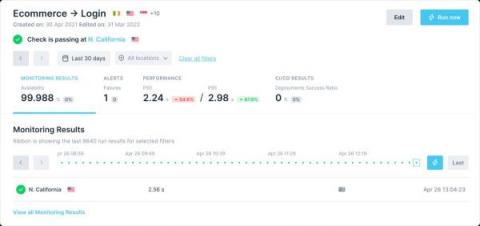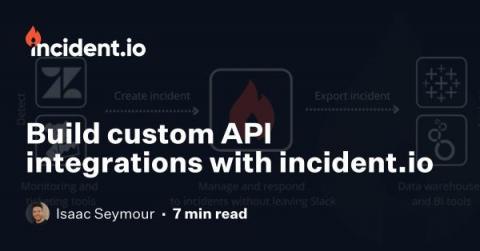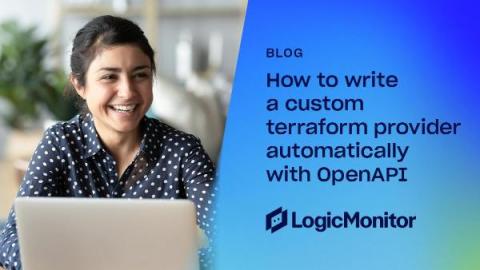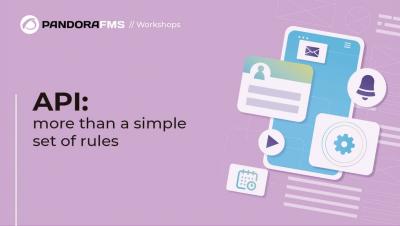Why we chose gRPC over REST for Multy
Nowadays, REST is ubiquitous across most kinds of applications. It provides an easy, simple and clear language to communicate between services, usually a frontend and a backend. Although, there are many good alternatives and I want to talk about one in particular - gRPC. From my days as a Software Engineer at Google, I have grown quite fond of gRPC. Google uses it everywhere, from communicating between frontend and backend, to communicating with database servers to all kinds of microservices.











